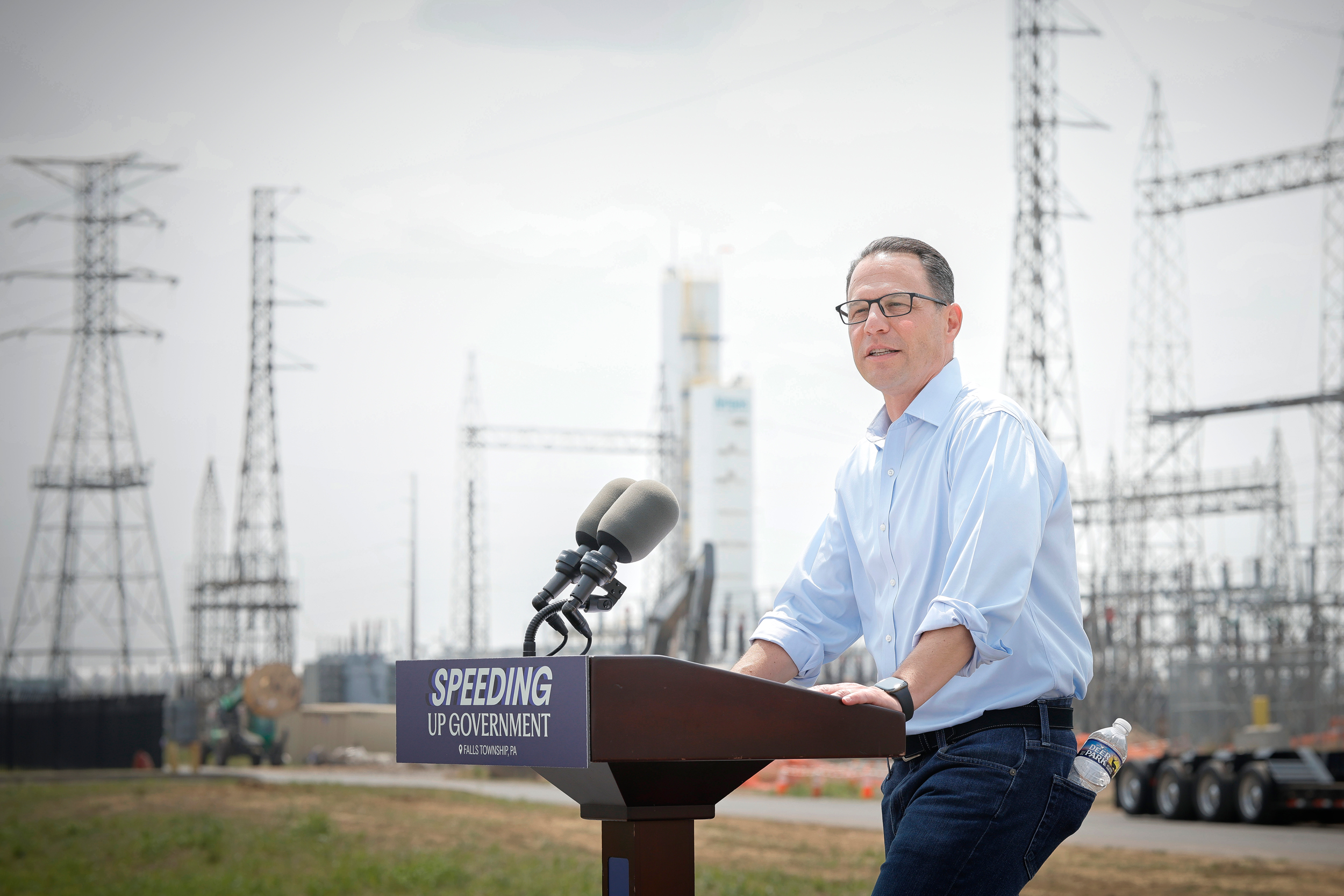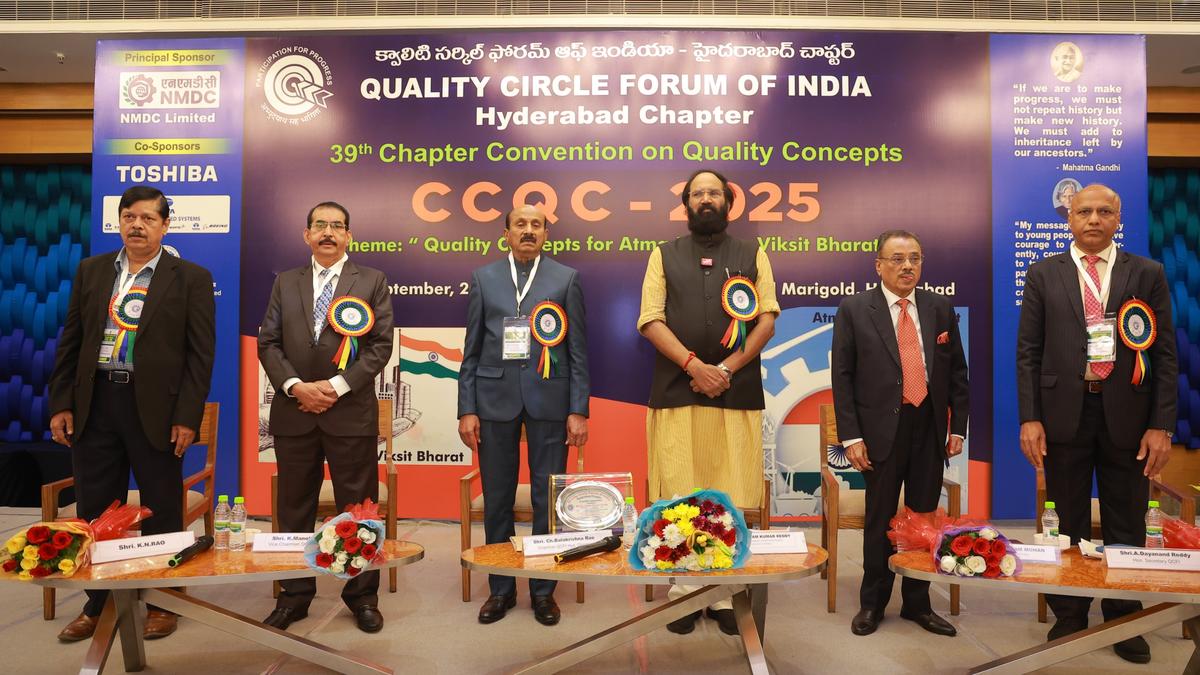Citing the Need for ‘Significant Reform,’ Pennsylvania’s Governor Threatens to Pull the State Out of the Region’s Power Grid
By Kiley Bense
Copyright insideclimatenews

PHILADELPHIA—Ninety-eight years ago, the nation’s largest power grid operator was founded here by utilities serving Pennsylvania and New Jersey. On Monday, Pennsylvania Gov. Josh Shapiro threatened to pull his state out of the coalition.
“It is time to get serious about making significant reform,” Shapiro said, at a conference he convened with representatives from all 13 states now in the grid to “chart a new course” for operator PJM Interconnection.
“If PJM refuses to change, we will be forced to go in a different direction,” he said.
Pennsylvania is the largest energy producer in the grid. Its absence would impact electricity consumers across the region, which stretches from Illinois to North Carolina.
Data centers built to fuel artificial intelligence technology are driving huge increases in electricity demand—and in prices for consumers. Shapiro and other elected leaders like Virginia Gov. Glenn Youngkin blame PJM for delays in approving new power projects, creating a bottleneck that is making the situation worse. Shapiro, a Democrat, and Youngkin, a Republican, want states to have a say in PJM’s decisions; right now, government officials do not have a voice on PJM’s board.
Speaking at the conference later in the day, PJM CEO Manu Asthana, who is stepping down at the end of this year, said that “fingerpointing” wasn’t helpful.
“There’s an element of responsibility on both sides,” he said, meaning the states and PJM. All parties need to work together and ask, “‘How do we solve this?’” he said.
At the end of the conference, 11 of the states’ governors’ offices—all but Kentucky and West Virginia—announced they had formed a collaborative to continue to work together on the energy issues discussed at the meeting.
Tom Rutigliano, senior advocate with the Natural Resources Defense Council, called the joint criticism of PJM by multiple state governors “very unusual” and “the highest level of state engagement with PJM I’ve ever seen.” He said in an email that he thinks there’s a strong chance for governance reforms.
Shapiro’s statements come two months after nine governors in the PJM region demanded in a letter that PJM reserve two board seats to be filled with nominees by the states. Last month, those nominees surfaced as former Federal Energy Regulatory Commission Chairman Mark Christie and former FERC Commissioner Allison Clements.
PJM, which has conducted a months-long effort with a consultant to propose candidates, initially responded that it would consider the recommendations. It is expected to make a decision this Thursday.
“PJM is mired in a crisis of confidence,” Christie said at the conference. “Consumers have lost confidence in the people who run their grid.”
Christie said PJM needs a “new constitution,” one that reimagines the organization in a way that changes its governance structure to reflect the fact that PJM is a “policy-making body.”
Shapiro said PJM has “months, not years” to make changes, or Pennsylvania will take steps to leave the organization. “We need to move more quickly on these energy-producing projects, and we’ve got to hold down costs. If PJM cannot do that, then Pennsylvania will look to go it alone,” he said. Shapiro did not provide details about what this new arrangement would look like.
New Jersey lawmakers have already taken up the issue. In June, the state Assembly passed a bill directing its Board of Public Utilities to work with other states and study alternatives for addressing skyrocketing electricity prices—including the option of leaving PJM altogether. A companion measure has been introduced in the state Senate but has not yet been assigned to a committee.
In remarks delivered remotely to the conference, Youngkin confirmed that he and his allies are working on bills that seek to do the same.
“The bottom line is that when PJM succeeds, we all succeed together. But if reforms stall, we will act and do what is needed to protect the families and businesses who depend on us,” Youngkin said.
In his recorded message for the conference attendees, Maryland Gov. Wes Moore said, “Thirteen governors have united with a single urgent message for our regional grid operator, and it underscores the seriousness of the crisis that we now face. The path forward requires real transparency and accountability from PJM and a truly collaborative role for states in the governance process.”
Maryland, as a net importer of electricity, is frustrated by PJM’s delays connecting new clean-energy sources to the grid and opaque governance rules that Moore repeatedly said are disrupting the state’s climate targets and hurting households and businesses.
On Monday, ahead of his recorded message, Moore huddled with state Senate leadership in Annapolis to announce $200 million in direct energy bill rebates for low-income households to counter the rising prices.
Without commenting on how PJM should be governed, the Natural Resources Defense Council said in a statement that PJM and states should require data center developers to “pull their own weight” by investing in new energy generation—a policy push during the meeting colloquially tagged as “bring your own generation” or B.Y.O.G.
“The big message today was that prices are unsustainably high and PJM needs to do a better job protecting customers,” Rutigliano said. “The truth is that this crisis was caused by data centers and nearly all the money is going to old power plants.”
In a statement to Inside Climate News, PJM spokesperson Dan Lockwood said that “meeting the demands of a rapidly changing energy landscape will require solutions that extend beyond any one institution.”
“It will require PJM, the industry and especially our states all working in concert,” he said.
Asthana, PJM’s CEO, emphasized the scale of change that will be necessary to meet the challenges of powering AI now and in the future, not just at PJM but across the country. “If we’re going to win this race, I think we need to think differently,” he said.
What’s not clear is whether, or how, states leaving PJM would lead to a more affordable or reliable system.
Most of the power plants in PJM compete on an open market as a result of decisions by lawmakers in various states in the 1990s and 2000s to introduce more competition into the electricity sector. This restructuring meant that regulated utilities were limited to providing the delivery of electricity, while independent power producers would build and operate power plants.
Representatives of independent power producers said on Monday that they can understand the frustration with PJM, but they don’t see how it solves anything for states to leave.
“While we continue to stand in favor of common-sense reforms that will improve power market functionality, grid reliability, and consumer affordability, the actions taken by some elected officials do nothing more than disrupt PJM’s ability to do its job,” said a statement from Todd Snitchler, president and CEO of the Electric Power Supply Association, a trade group whose members include independent power producers.Jon Gordon, director at Advanced Energy United, a trade group that represents advanced generation technologies, said despite PJM’s high prices, participation within the regional grid provides more efficiency and competition for electricity sales, which keeps costs lower for ratepayers. The regime used prior to PJM’s shared marketplace allowed utilities to overbuild with less incentive to keep prices in check.
“I don’t think anybody wants to go back to that. … We just need to make improvements so we get all the benefits of competition but none of the inefficiencies,” Gordon said, adding that a PJM departure may mean state agencies could have to negotiate contracts with producers. “If these studies are fair and unbiased, I think they’re going to show it’s pretty risky to leave PJM and there’s probably not enough benefit to justify the potential risks.”
The challenge with PJM is the political diversity of the region that includes Republican West Virginia and Democratic New Jersey, compared to more ideologically homogeneous New England, Gordon added. The governors in the PJM region have now realized they don’t have much influence over decisions affecting how new generation sources get onto the grid.
“I think the states are completely different on whether it’s fossil or renewables generation,” Gordon said. “But they all agree that they want a voice, and they want lower prices.”



